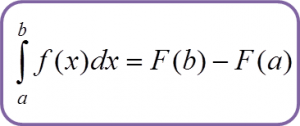3.4a Definite Integral of f(x) from x=a to x=b

Example:
Evaluate each of the following.
Solution:

Question 1:
Reduce non-linear relation, , where k and n are constants, to linear equation. State the gradient and vertical intercept for the linear equation obtained.
[Note : Reduce No-linear function to linear function]
Solution:
Question 2:
The diagram shows a line of best fit by plotting a graph of against .

Question 3:
The diagram shows part of the straight line graph obtained by plotting against .
Express y in terms of x.
Solution:



Distance between point and point is given by





